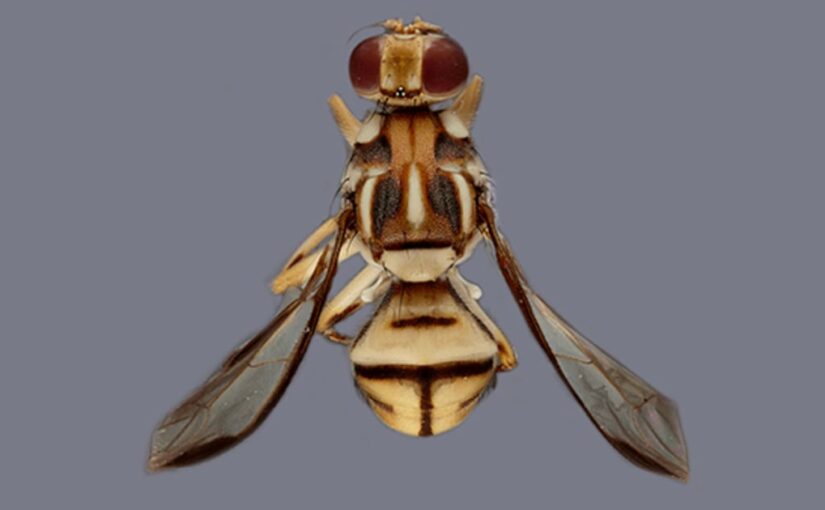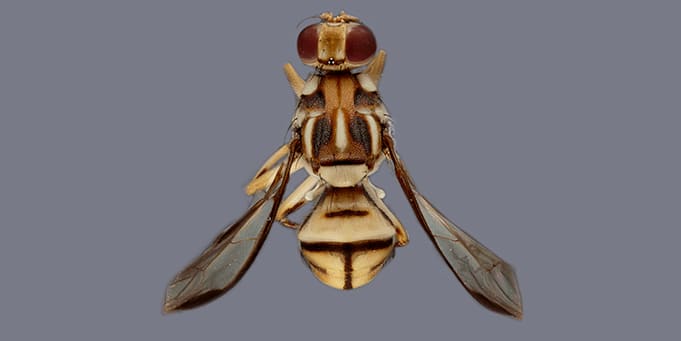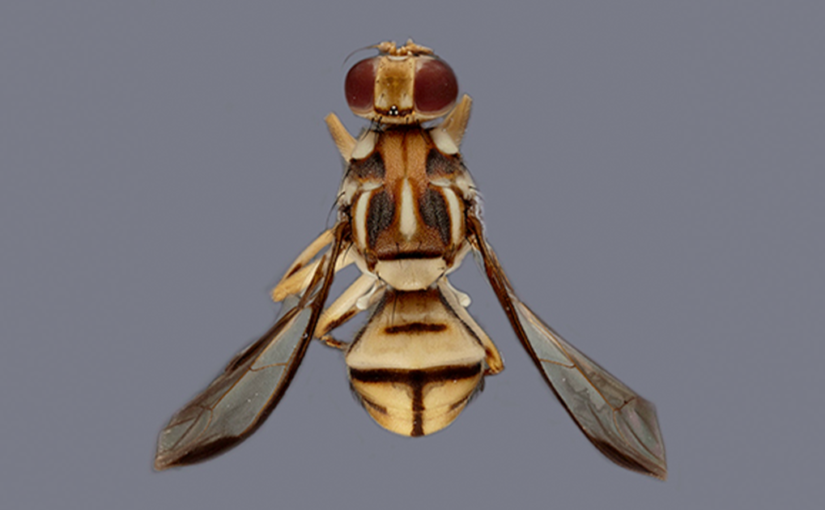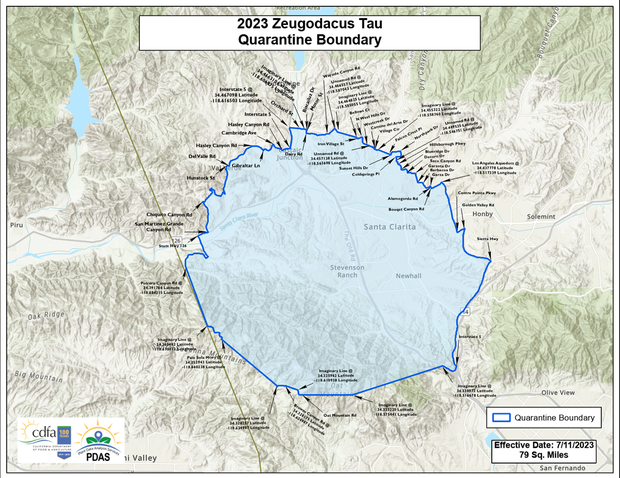[ad_1]
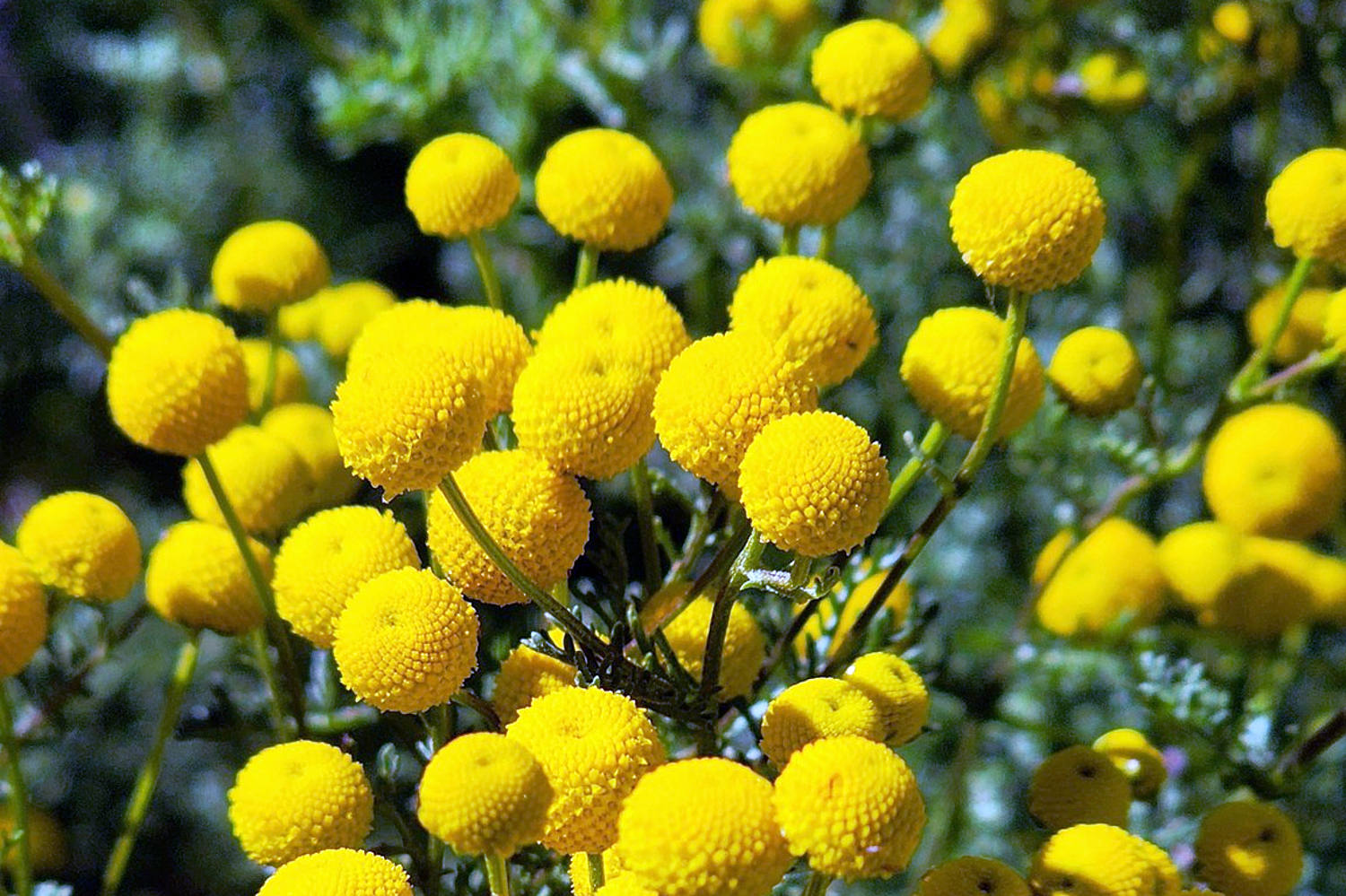
Take an invasive plant, already a threat to ecosystems, and add insult to injury: Stinknet, which smells as pleasant as it sounds, has forced the temporary closure of a picnic area at Arizona’s Casa Grande Ruins National Monument.
The plant, also known as globe chamomile, smells like turpentine when it is crushed, and it can cause respiratory or allergic reactions, according to the University of Arizona.
The plant’s presence by the picnic area in Casa Grande Ruins National Monument means part of the monument will be closed until a solution is found, the monument staff announced Wednesday.
The invasive plant, which has already taken root in the Phoenix area, was first found and collected in the state in 1997, according to the university.
The plant then spread south along the Interstate 10 corridor and into Pinal County, which is where the national monument is.
“We also ask that visitors avoid walking near or stepping on this flowering weed in other areas of the park to avoid spreading it,” national monument staff said in a statement.
Invasive plants crowd out native plants and can damage ecosystems.
Stinknet, which is native to South Africa, poses a serious threat to the Sonoran Desert, Arizona State Parks and Trails says on its website. The state agency lists the plant in its top eight invasive weeds and grasses.
“This aggressive plant has rapidly spread across the desert landscape, displacing native vegetation and altering fragile ecosystems,” the agency said — let alone its unpleasant smell and rashes. It also becomes a wildfire hazard in summer.
Homeowners, if they see them, are encouraged to carefully and bag the weeds, preferably before they produce flowers that contain hundreds of seeds, Arizona State Parks and Trails says.
Stinknet is established now in parts of Southern California, Arizona and northern Mexico, and it was reported growing in southern Nevada in 2018, according to the University of California Statewide Integrated Pest Management System.
Casa Grande Ruins National Monument, near Coolidge, contains structures from the Ancestral Sonoran Desert People.
[ad_2]
Source link
